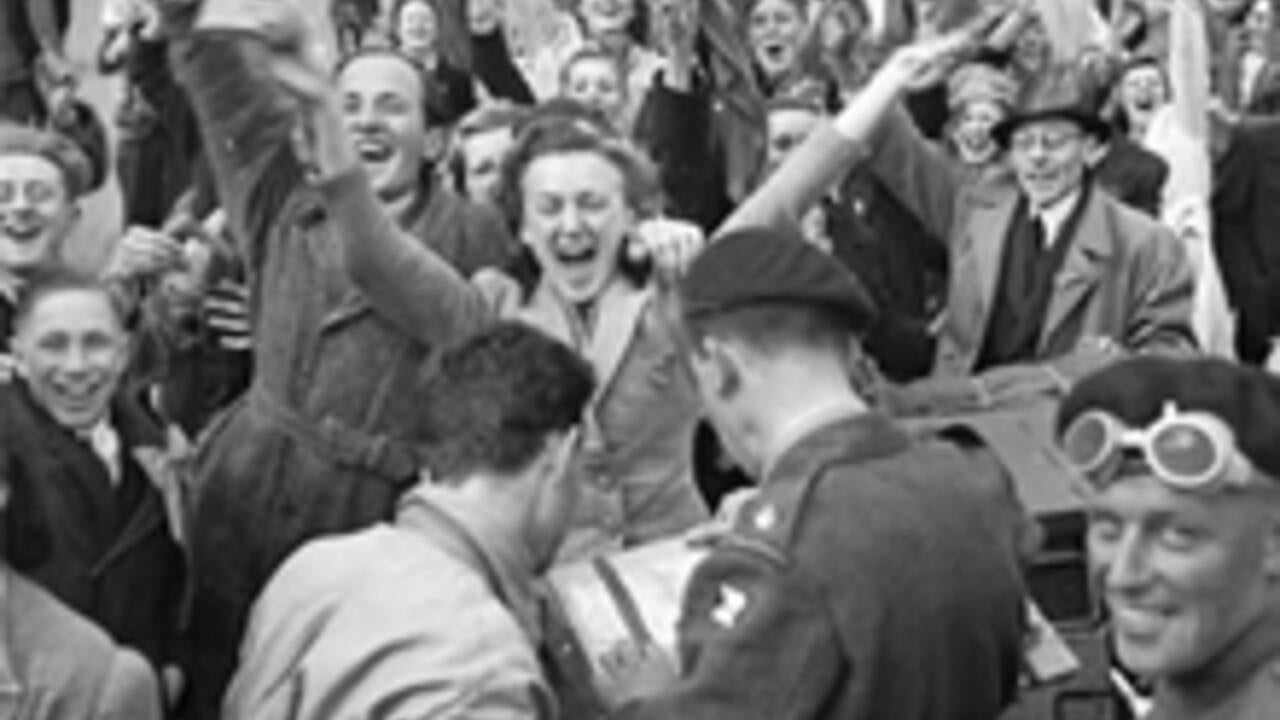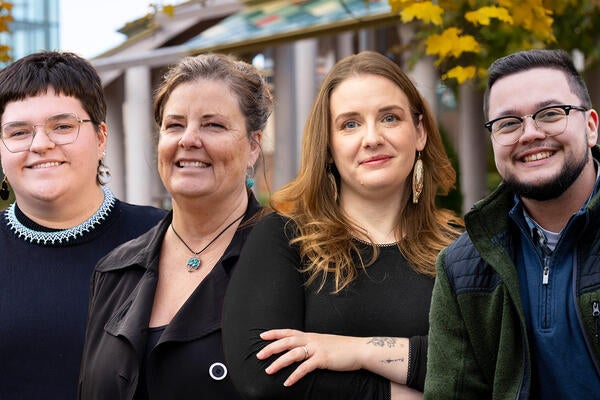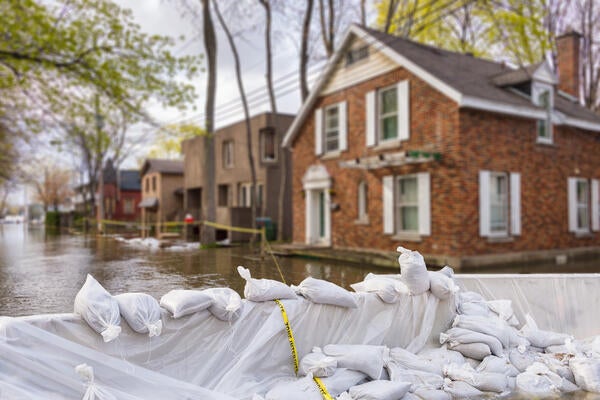Waterloo history professor Geoffrey Hayes has been researching Canada’s role in the Second World War for more than 30 years, but this year a study tour of Dutch battlefields held special significance.
“The three Canadian war cemeteries in the Netherlands remain immaculate after 70 years. They stand as enduring reminders of the relationship between our two countries," says Hayes who co-led the student study tour of the battlefields in early May. "The Dutch still see them as the cost of freedom while the Canadian students with me realized these soldiers were young men their age whose stories are worth telling.”
This spring marks the 70th anniversary of the liberation of the Netherlands from Nazi occupation at the end of the Second World War. More than 7,600 Canadians sacrificed their lives during the campaign to liberate the Netherlands. On May 28, King Willem-Alexander and Queen Maxima of the Netherlands will visit the University of Waterloo. The royal couple will tour research labs in the Institute for Quantum Computing and announce an historic scholarship program marking the 70th anniversary.
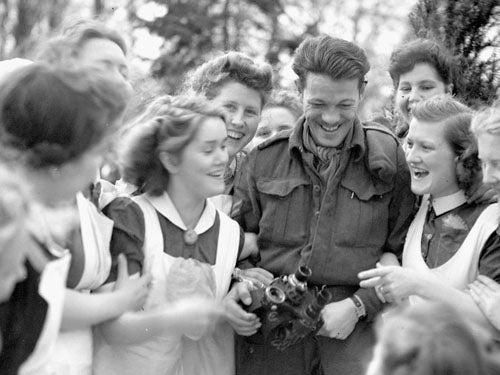
Rifleman R.M. Douglas of The Royal Winnipeg Rifles with a group of Dutch women who are celebrating the liberation of Deventer, Netherlands, 10 April 1945. Photo credit: Library and Archives Canada: Lieut. Donald I. Grant/Deptarment of National Defence fonds/PA-140683
The annual European study tour led by Hayes was sponsored by the Canadian Battlefields Foundation, an organization established to educate and promote public awareness of Canada's role in the Second World War
“I’ve been to these battlefields so many times but each time they speak to me in a different ways,” says Hayes. “Every time, I come back more determined than ever to tell the stories of the young men who died here. The cemetery visits always remind me that the officers I research were young kids who died before anyone really knew their names. We should know more about them.”
History student Brandon Strnad, one of two University of Waterloo history students on the study tour, says: “It was so moving to walk the same route the Canadian divisions took during their push through the Netherlands. To see first hand the rolling hills, the long stretches of land and the streets where close-quarters fighting happened, brought an entirely new dimension to Canada’s involvement in the Second World War. I have never been more proud to be Canadian.”
The other Waterloo student on the study tour, Heather Whiteside, who is just completing an undergraduate degree in history, researched the life story of a Canadian soldier whose remains were found last year in the Netherlands - almost 70 years after he was killed in January 1945. Private Albert Laubenstein was given a military burial in the Canadian cemetery Bergen-op-Zoom in early May.
“His story, at least for me, really emphasized the fact that each and every man buried in the cemeteries we’ve been visiting had a personality, a character, and in many cases, plans for how they wanted to spend their time here in Europe as well as their time back at home after the war,” says Whiteside.
The students visited Canadian war cemeteries in The Netherlands at Bergen-op-Zoom and Groesbeek as well as one in Holten, Germany. They also visited the transit camp at Westerbork where nearly 100,000 Jews, Sinti-Roma and resistance members were taken before being killed in Nazi concentration camps. Anne Frank, who died in Bergen-Belsen in April 1945 just weeks before the end of the war, was held at Westerbork.
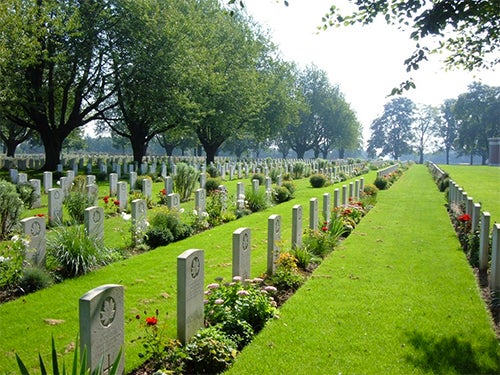
Groesbeek Canadian War Cemetry. Photo credit: Commonwealth War Graves Commission
Hayes and the students also visited Belgium where they examined the crucial role played by Canadians in the Battle of the Scheldt Estuary in the fall of 1944.
The Dutch risked their lives to show gratitude to Canadian soldiers
Strnad, a graduate student of history, says one of the most moving stories he learned about was the liberation of the city of Groningen:
“When Canadians took a Dutch city they didn”t shell it into oblivion but in Groningen there were heavy civilian casualties. Whenever there was a break in the hostilities, Dutch civilians came out to speak with their liberators and offer the soldiers tea, even though they had very little to offer,” says Strnad.
“This show of raw gratitude by the Dutch people was inspirational to me. They risked their lives, all for the sake of expressing their appreciation to the Canadian soldiers.”
